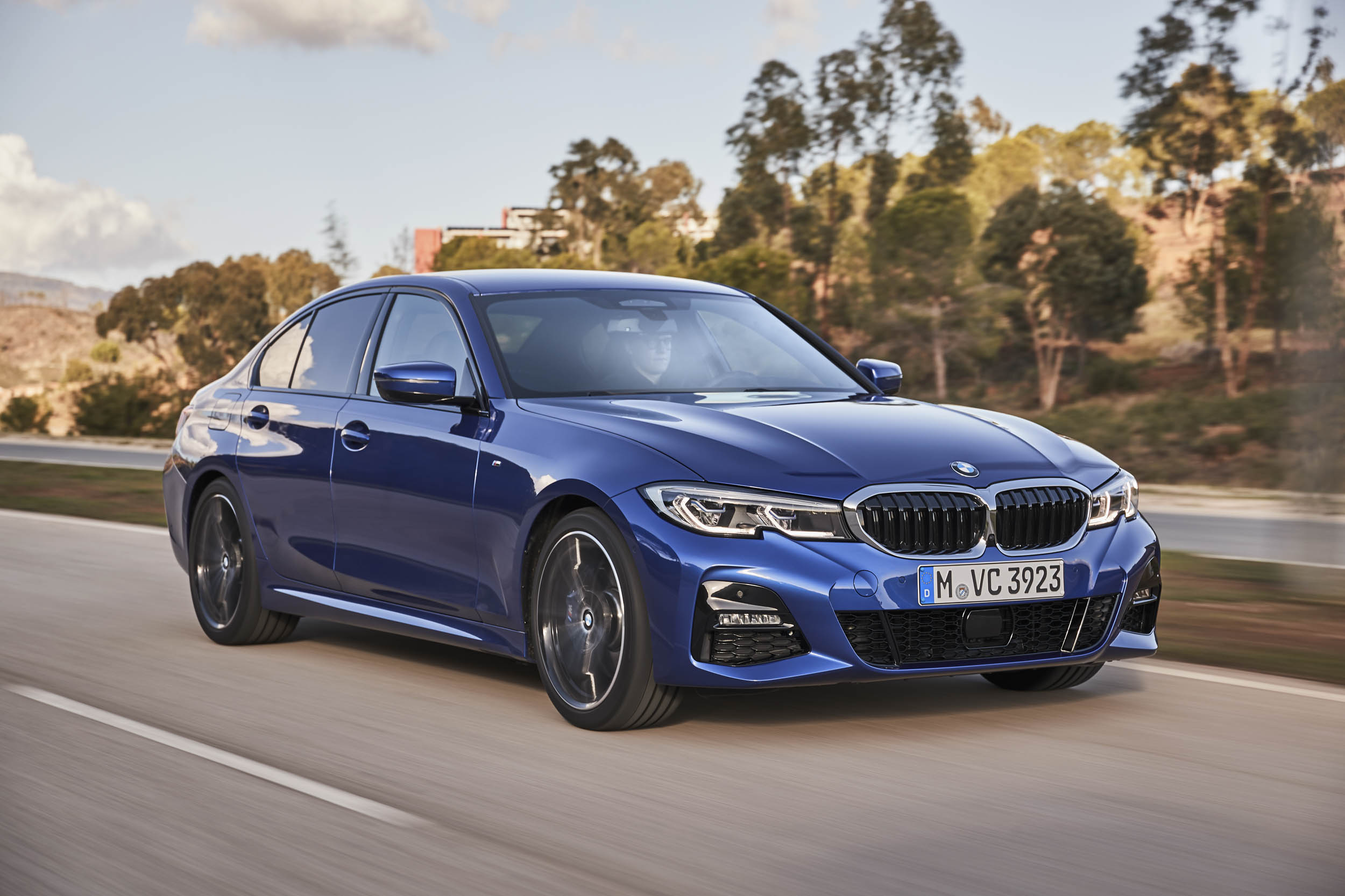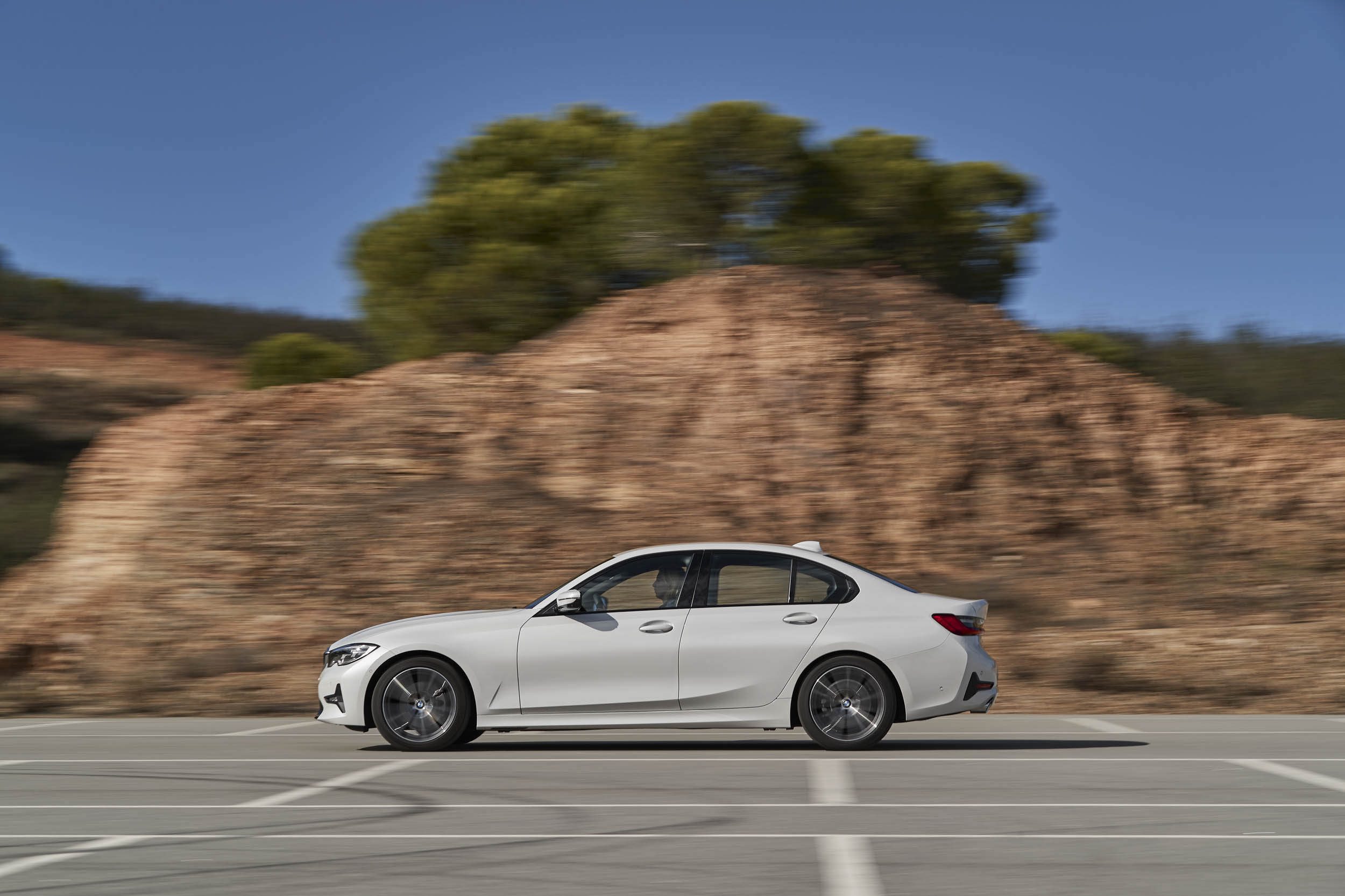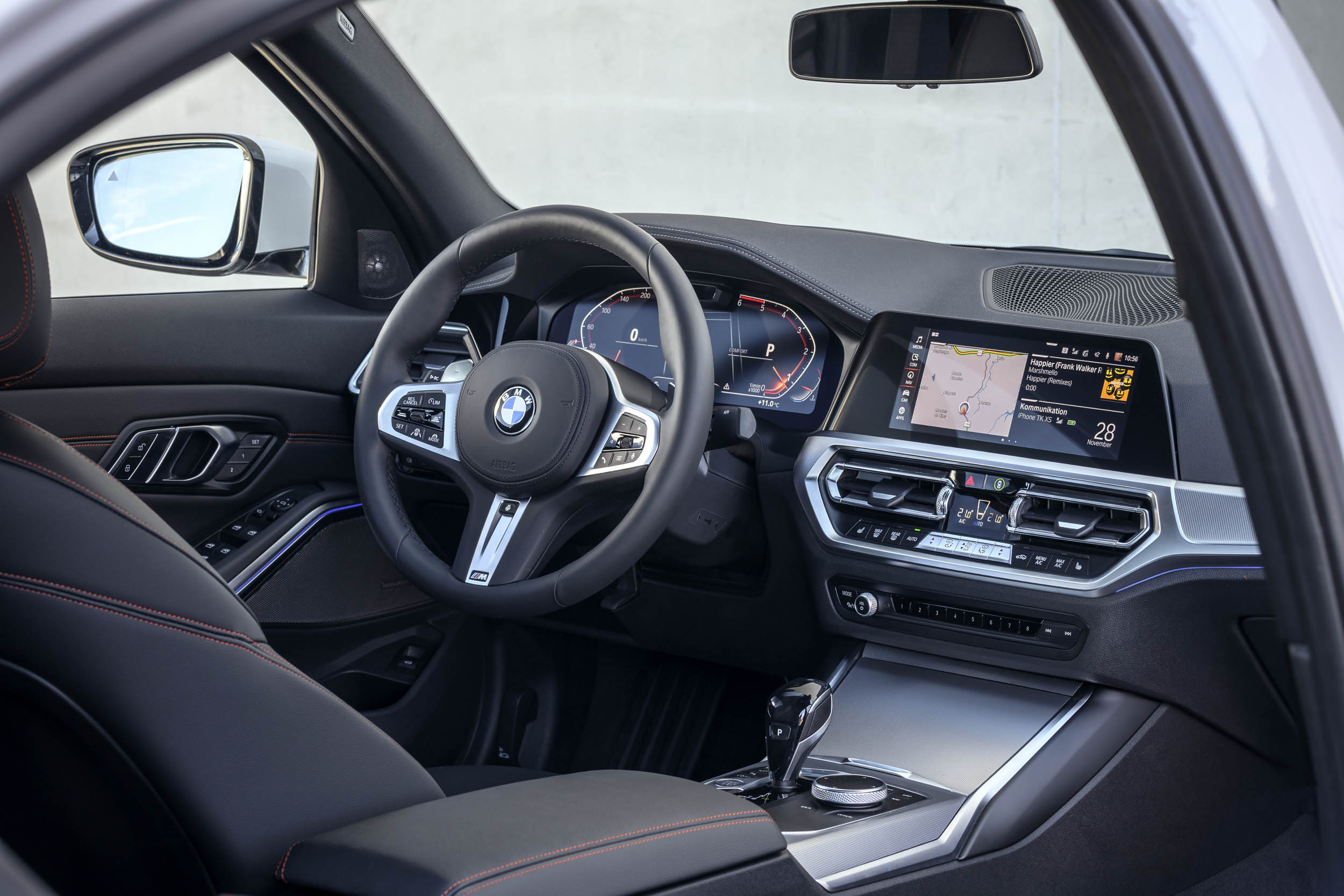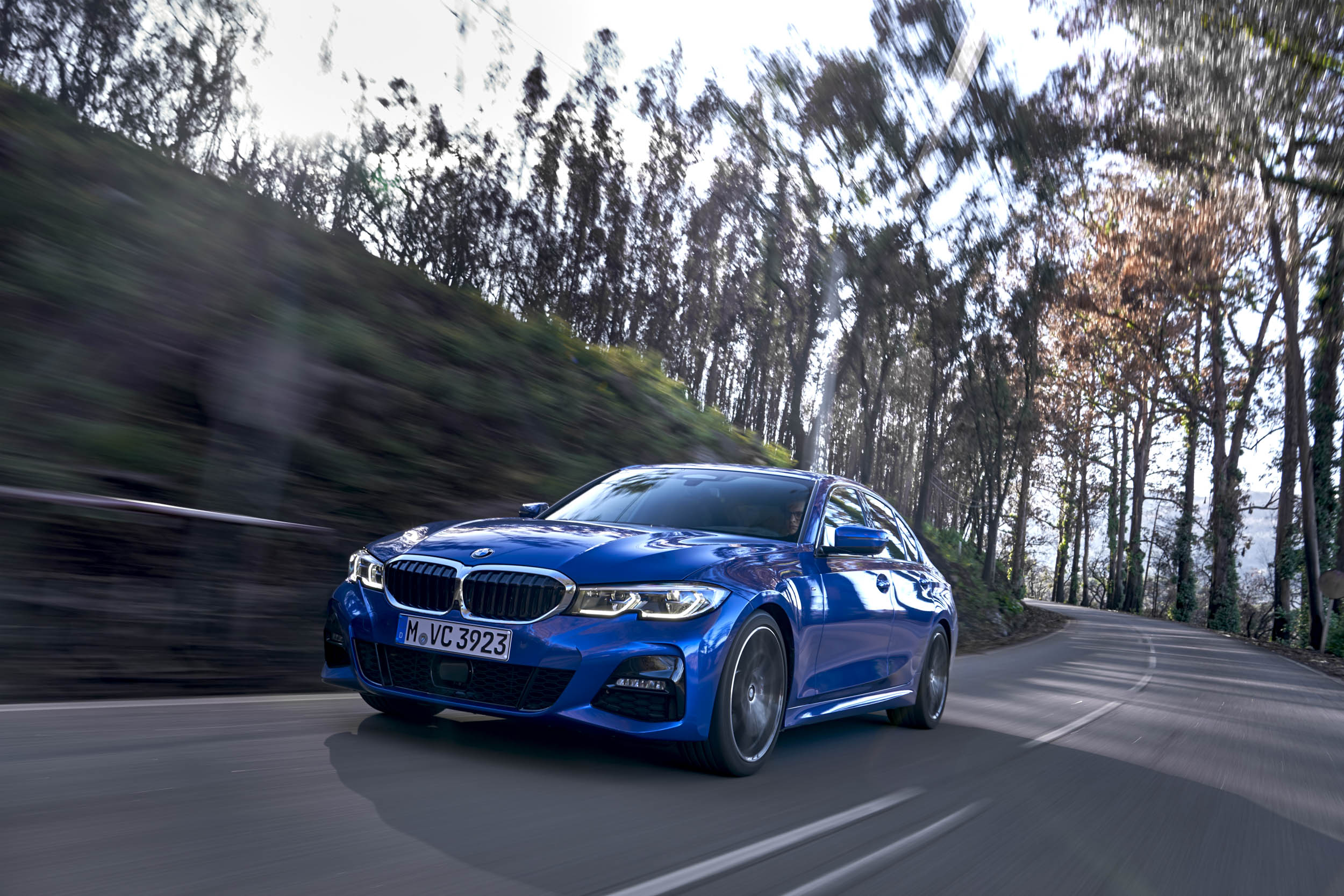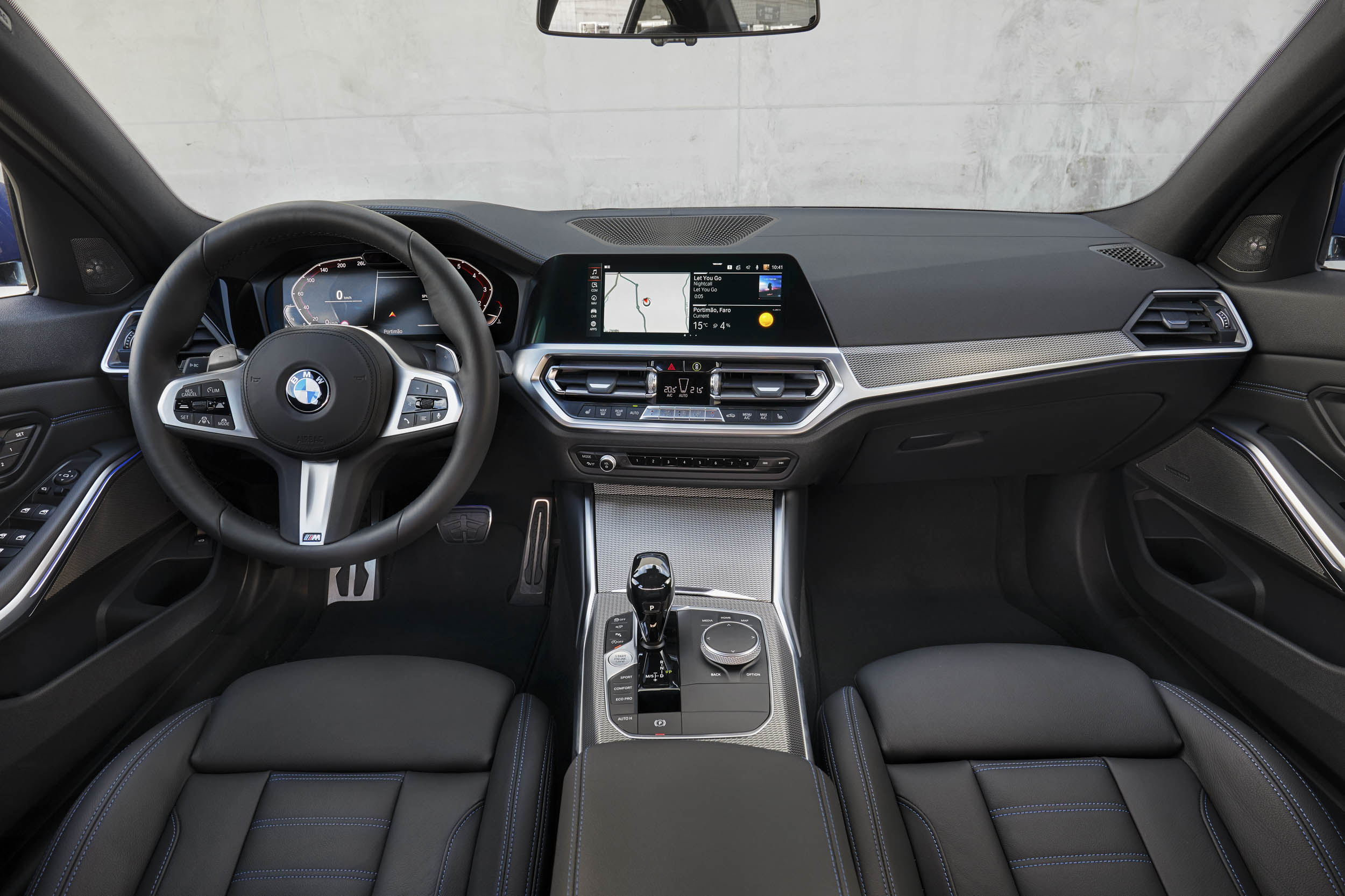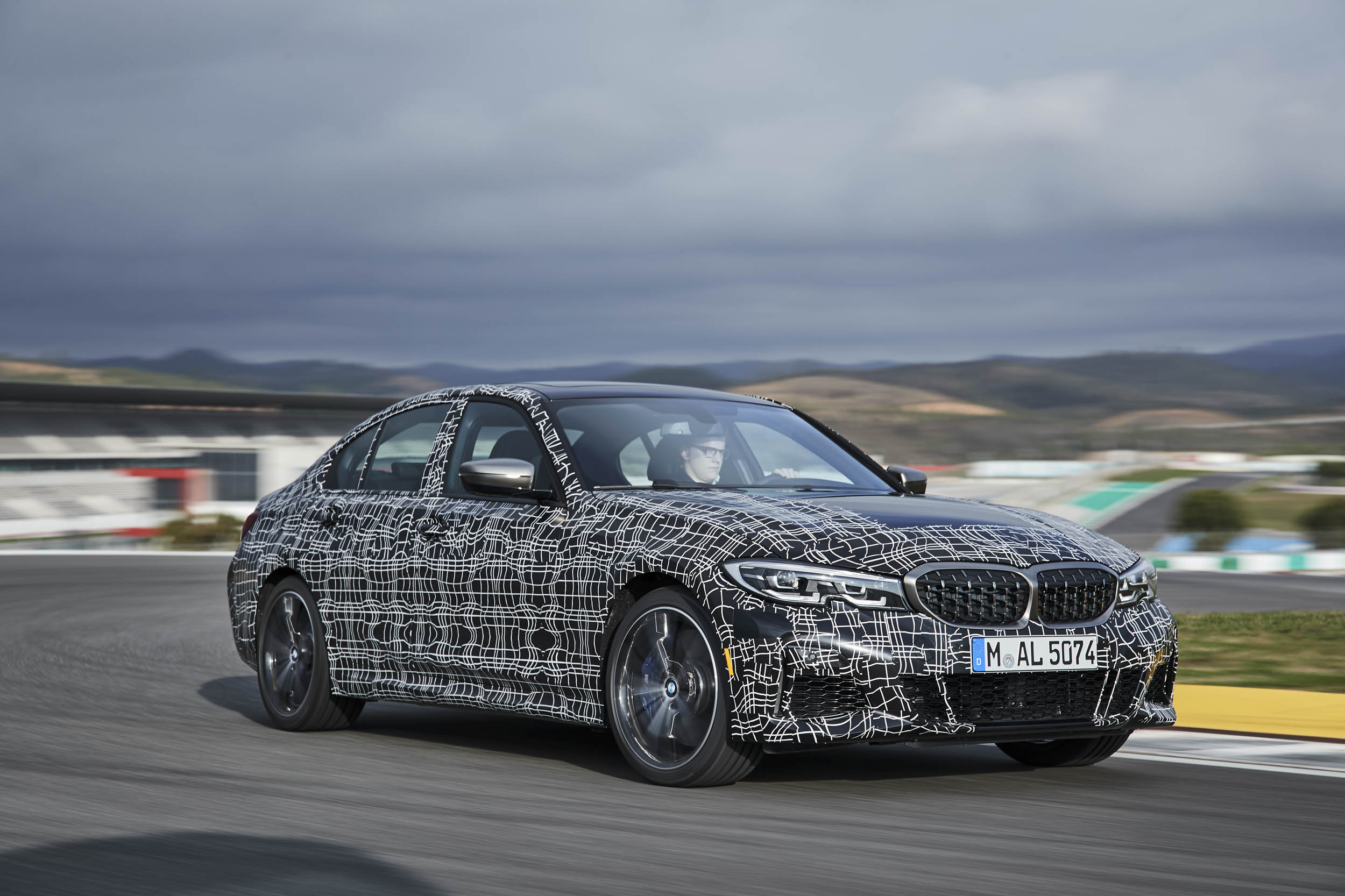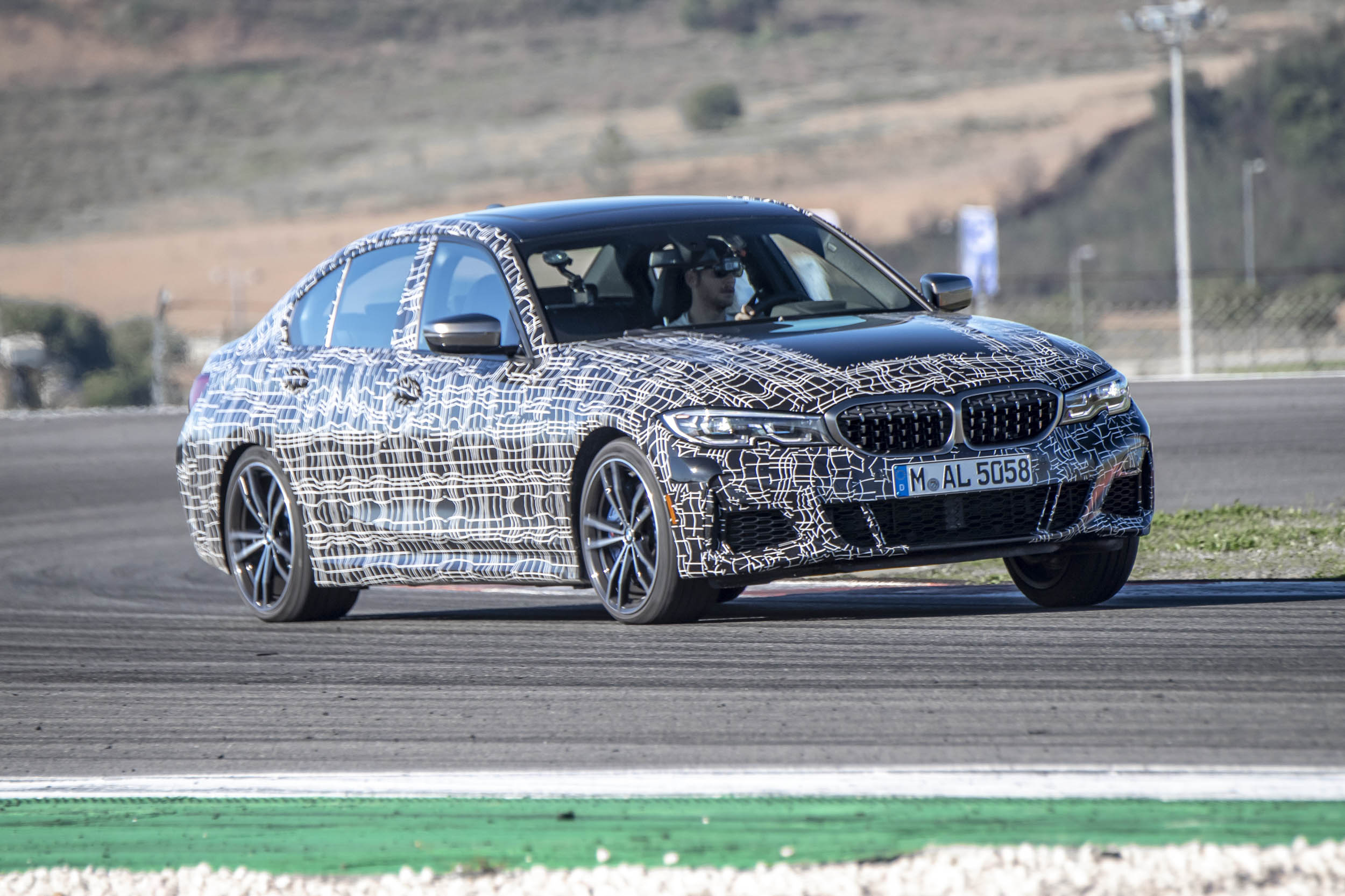Media | Articles
Review: 2019 BMW 330i and M340i
For decades, the BMW 3 Series defined the term “sport sedan.” The 3 Series was practical, stylish, and most importantly, it drove better than nearly everything else on the road. But since the 2012 model year, when the F30 generation 3er launched, BMW’s once-definitive status as the benchmark for an enthusiast’s daily driver has been very much deflated. The 3’s athletic, agile edge was dulled for something softer, smoother, and more appealing to the average shopper. For 2019, and the all-new G20-generation 3 Series, BMW strives to reclaim the title of “ultimate driving machine” for its best-selling sedan.
Yes, even as BMW relies ever more on profits from its hot-selling SUVs (as many automakers do), the 3 Series remains the lifeblood of the brand. More than 15.5 million 3 Series cars have rolled off the production line since 1975, all in the footsteps of the car that planted the sport sedan flagpole in America—the BMW 2002. And going forward, BMW expects the 3 Series to remain its most popular model for the foreseeable future.
But BMW recognizes that times are changing. The luxury sport sedan segment now has to accommodate the customer tastes of a booming Chinese market and competition from new high-tech players like the Tesla Model 3 and upstarts like the Genesis G70. Not to mention declining sales: last year the Mercedes-Benz C-Class overtook the 3 Series for the top spot in the segment, and 2018 will be about a third of the 140,609 record sales figure from 2014.
Building the ultimate driving contender
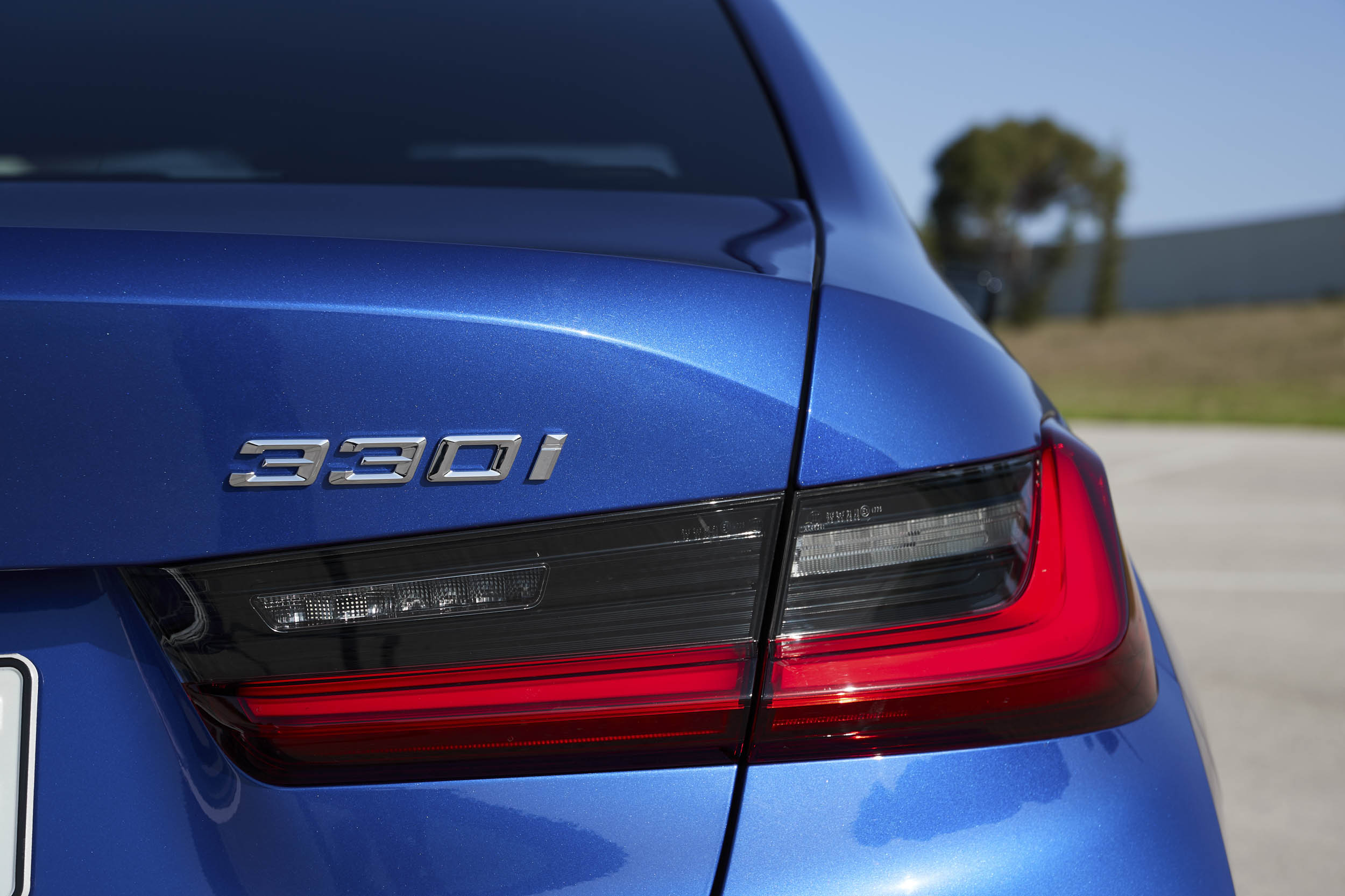
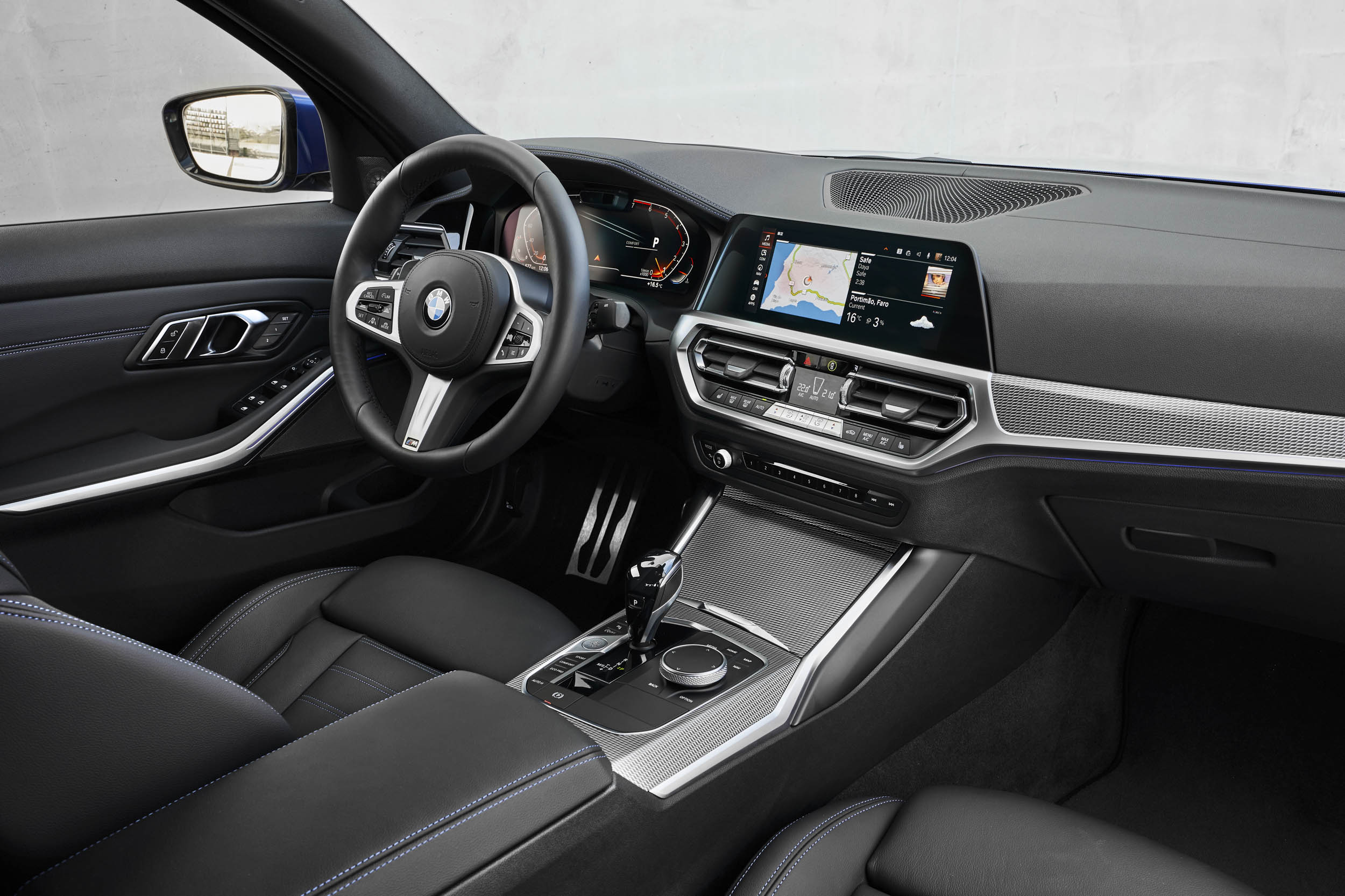
Marketplace
Buy and sell classics with confidence
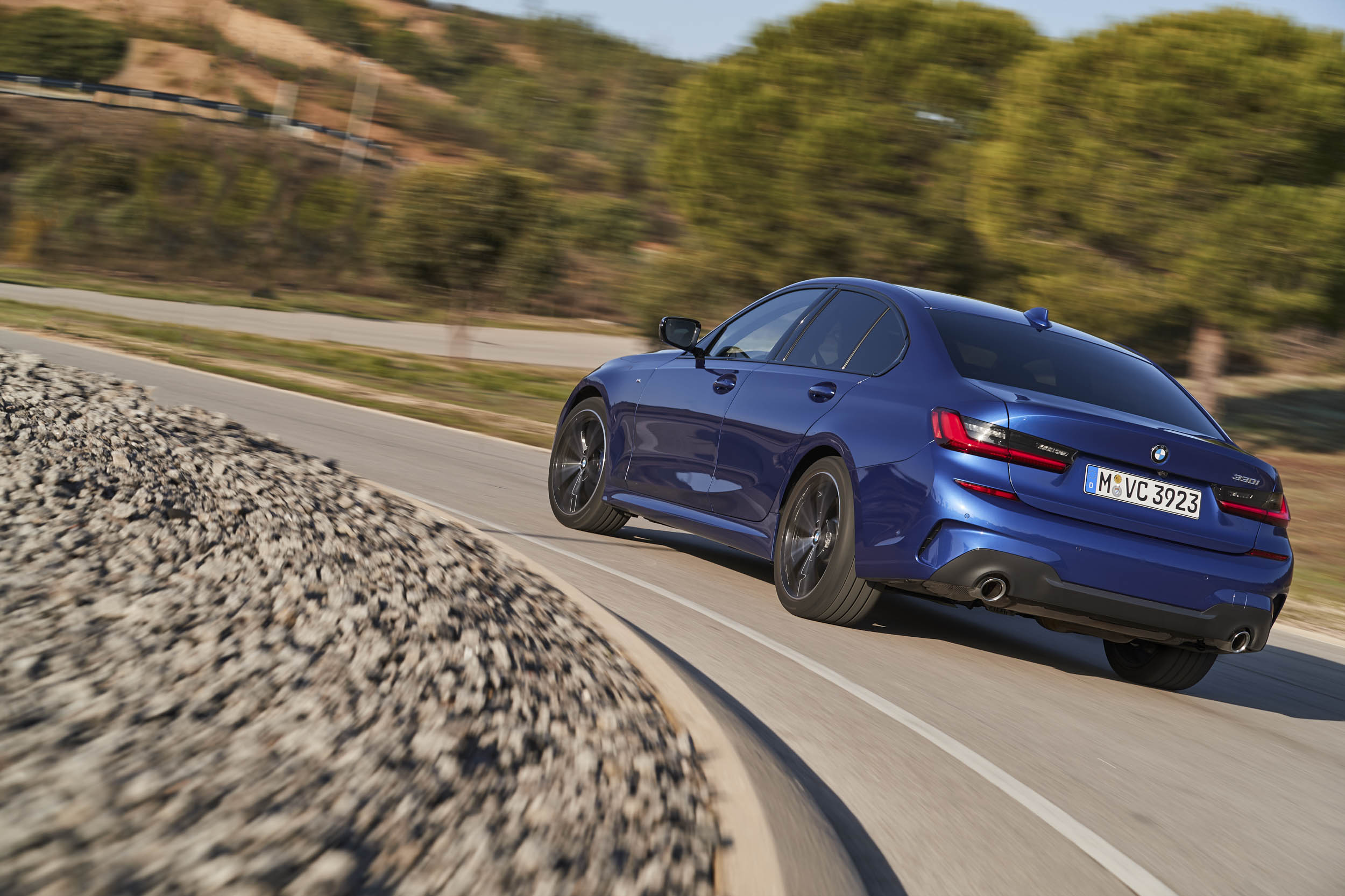
So how does BMW hope to regain its position atop the sport sedan heap? It starts with what matters most—the drive. “We will have the best driving dynamics in the segment,” promises 3 Series product manager Carsten Schoene. And BMW is going about that mission more or less the old-fashioned way, with less weight and a better chassis.
The 2019 BMW 3 Series is 25 percent stiffer overall than the outgoing model, and up to 50 percent stiffer in some areas like the suspension mounting points. By using aluminum for the front fenders and hood, as well as for the wheel bearings and strut mounts, the latest 3 Series shaves up to 120 pounds—all while growing 3 inches in length, 0.6 inches in width, and 1.6 inches in wheelbase.
Standard are 18-inch alloys with all-season tires or optional Michelin Pilot Sport 4 rubber, although you can opt for 19-inch rims with grippier Pilot Sport 4 S shoes. Corner carvers can also tick boxes for larger M Sport brakes as well as an M Sport electronically-actuated mechanical limited-slip rear differential. The standard rear differential is now 15 pounds lighter.
The engines for the 3 Series are among the freshened bits also. Base engine duty in the U.S. falls to the 2.0-liter four-cylinder turbo in the 330i, making 255 hp and 295 lb-ft of torque. Those numbers are up 7 hp and 37 lb-ft compared to the outgoing engine, courtesy of a lighter crankshaft, simplified belt drive with less tension, higher-pressure fuel pump, and a more efficient turbocharger design. For the beefier M340i, the new turbo straight-six is up 62 hp and 69 lb-ft, for a total of 382 hp and 369 lb-ft. These gains are also courtesy of improved turbocharger efficiency and high-pressure injectors, and an aluminum crankcase and cylinder head.
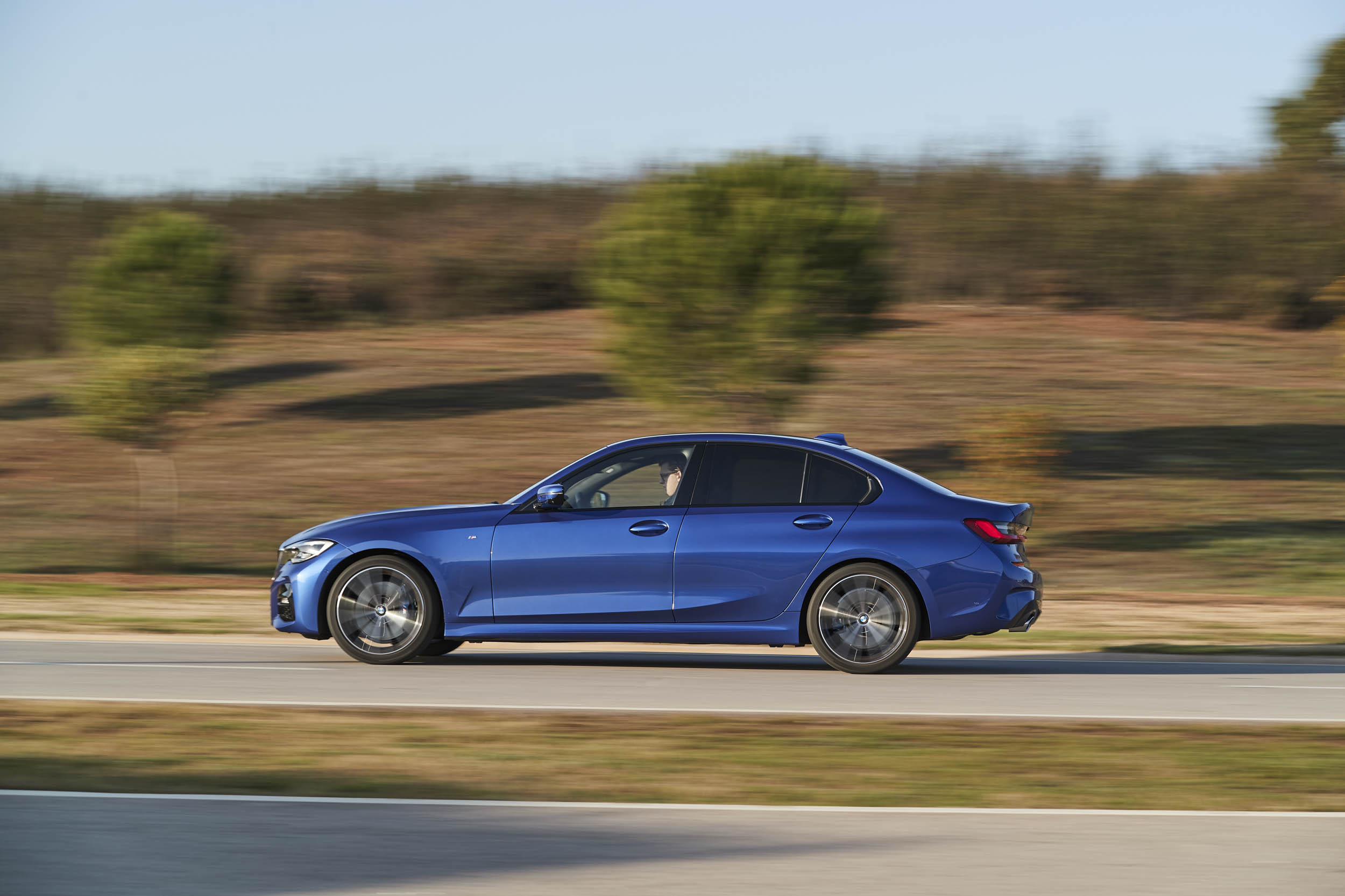
All U.S. versions of the new 3 Series—until the M3 arrives—will come with an eight-speed automatic transmission. That’s right, the manual 3 Series is dead for North America, along with the wagon variant and all diesel-powered engines. Neither were popular enough to justify continued existence.
I’d be surprised, however, if people don’t like the look of the new 3 Series. Although it is noticeably larger, it looks less plain than before, particularly from the rear. Sweeping boomerang-shaped taillights draw your attention first, with their three-dimensional texture and black accents. Up front the kidney grille is still less elegant in years past, but the standard LED headlights are striking, if not a noticeable departure from BMW’s signature halos. Standard 3 Series models get a NACA duct-shaped motif for the foglights up front and the reflectors at the rear—a dopey design quirk that doesn’t look nearly as refined as the blacked-out scoops you can opt for on the M aero package. Still, BMW did a nice job making the car look fresh and modern, yet clearly still a 3 Series.
The interior is all-new as well, boasting more interior space, new seats, sound-insulated windshield, and a considerably updated roster of safety and infotainment tech. The highlight of the new cabin is the driving position and outward sight lines—something a lot of new cars struggle with amid pedestrian safety regulations. In the 3 Series you can see clearly in all directions, and the cockpit does not feel cramped.

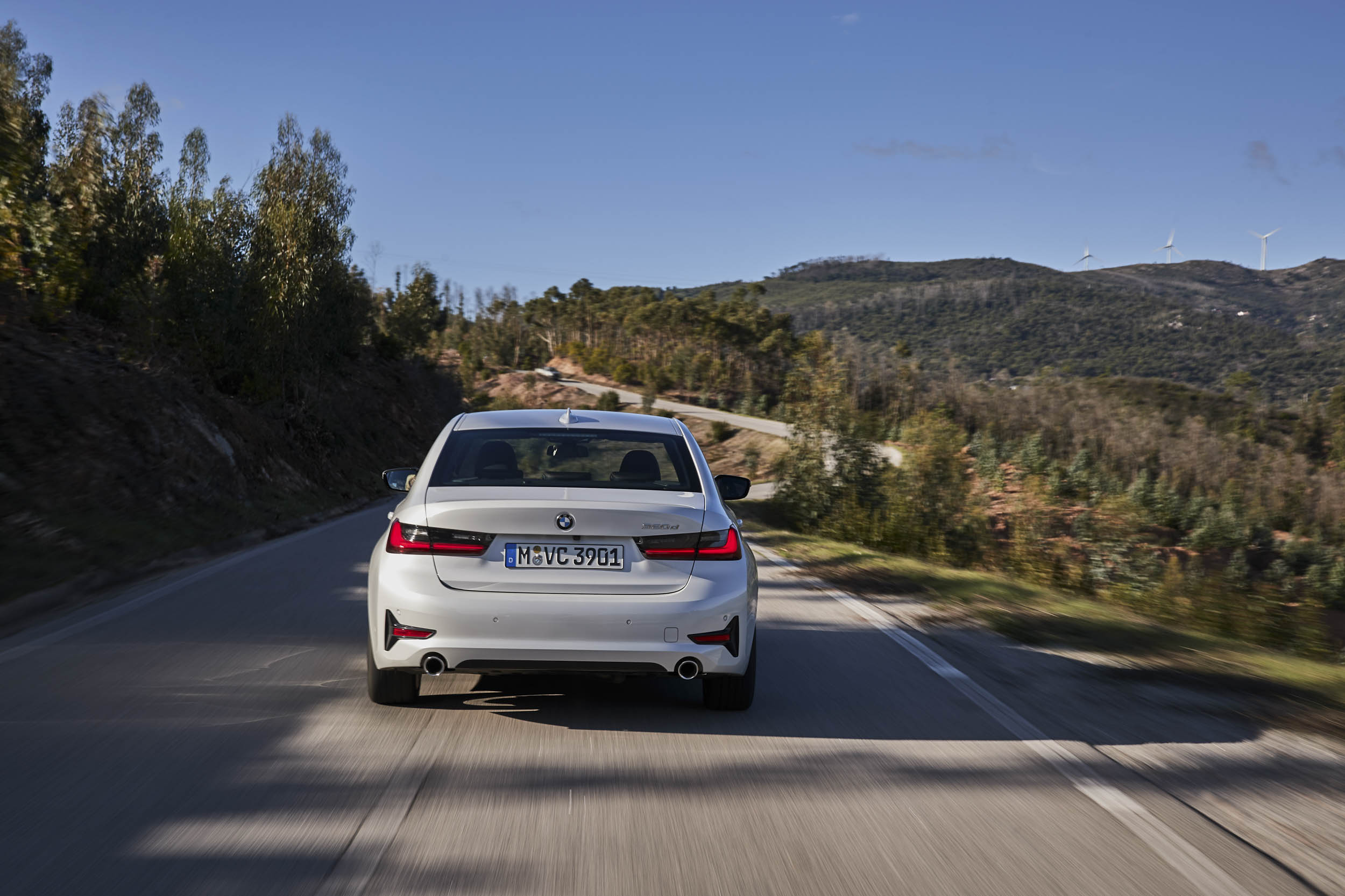

Once settled inside, the first thing you notice is that BMW’s orange-hued circular gauges are gone, in favor of an optional 12.3-inch all-digital instrument cluster meant to rival Audi’s Virtual Cockpit. In the center sits an optional 10.25-inch screen, which is used to access features like an automatic park function, 360-degree camera, and a new reversing assistant that remembers the last 50 feet of your trip when you parked, so the car can automatically reverse itself out along the same path. On the new steering wheel you can also activate adaptive cruise control with a traffic jam assist function that will automatically keep the car moving in slow-moving traffic up to about 35 mph. There’s also wireless charging, as well as Apple CarPlay, and the option to use your Samsung Galaxy phone to unlock the car from the outside.
Most interesting is a new Intelligent Personal Assistant, a kind of BMW-specific Siri or Alexa. It’s meant to be a frictionless, voice-activated helper that can do everything from tell you the weather to communicate navigation information, vehicle maintenance status, and infotainment details. But in practice, the Personal Assistant never quite understands the commands you give it, and often cannot help with functions while driving (completely defeating the purpose of a voice-operated assistant). In the real world, people will try it once or twice and then remember that decades of Silicon Valley tech is baked into their cell phones, and that works much better. But Intelligent Personal Assistant is a distraction from the BMW’s primary aim of rewarding the driver.
My first crack in the 3 Series on the mountain roads and narrow streets in southern Portugal come in diesel-powered 320d model, which although it won’t come to the U.S., has the same chassis, steering, and brakes as the car we’ll get in America. Portugal’s southern coast is hilly and uneven, a perfect test for the 3’s new suspension and stiffer structure.
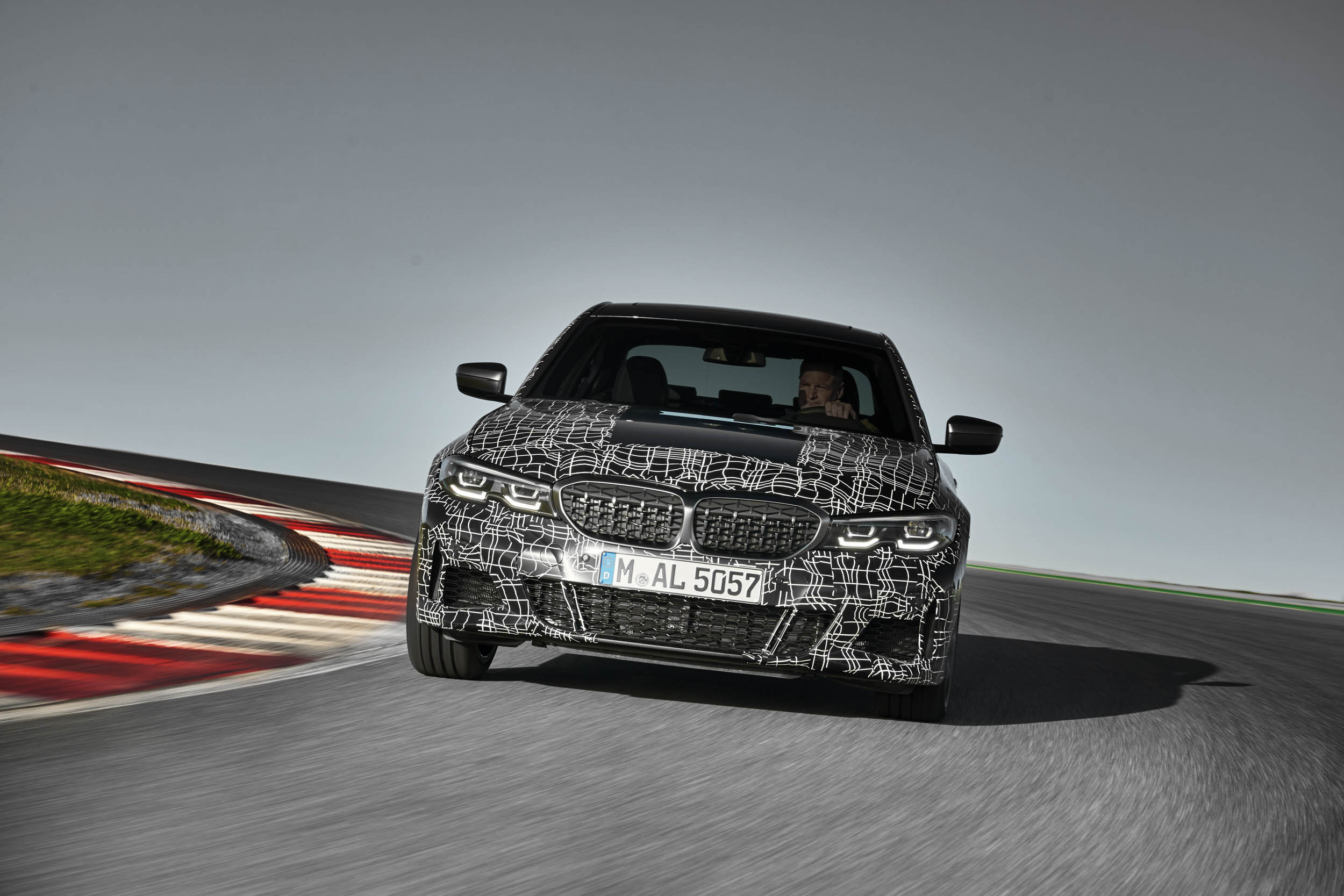
A critical development for the 3 Series is its new hydraulic lift-damper suspension tech, which comes standard on every model. It essentially adds an additional, narrower valve that prevents the shock from hitting the bump stop by adding additional hydraulic resistance at the limit of the suspension’s travel. On the front axle the system works on the rebound stroke, while at the rear it works on compression adding as much as 50 percent additional damping force to slow body movement. This is effectively a passive system, meaning the suspension is not constantly adjusting to road conditions, but the progressive way it works adds a level of refinement that was missing from the previous generation. An optional adaptive M suspension is also available.
My first impression of the new suspension setup is that body control is phenomenal. The car shrugs off bumps and undulating pavement without unpleasant intrusions onto the occupants. And as expected of a German luxury sedan, the 3 Series barrels down the freeway like a bank vault on wheels. Otherwise, the car drives fine. Not great, just fine. The variable-sport steering feels well-weighted and fluid but ultimately vague as to what the front end is doing. Turn-in could be sharper, and the brakes don’t have a confidence-inspiring bite until a few inches into the pedal travel. The suspension in the 320d test car is an upgraded M sport setup which is slightly lower than stock and with 10-12 percent stiffer spring rates. I would say, as equipped, the 3 Series drives like a competent, finely engineered sedan but without the verve and poise that base model 3 Series once enjoyed.
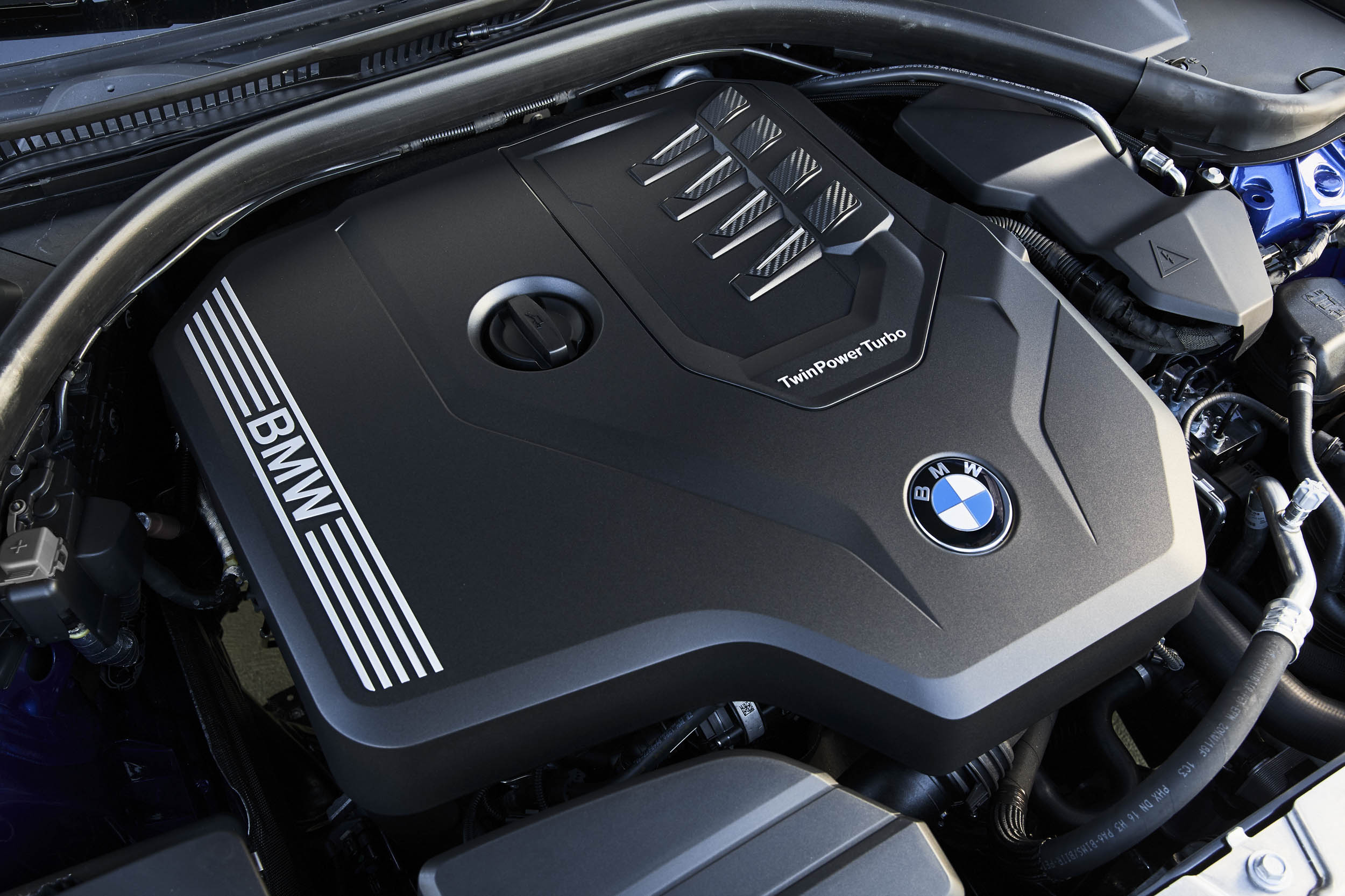
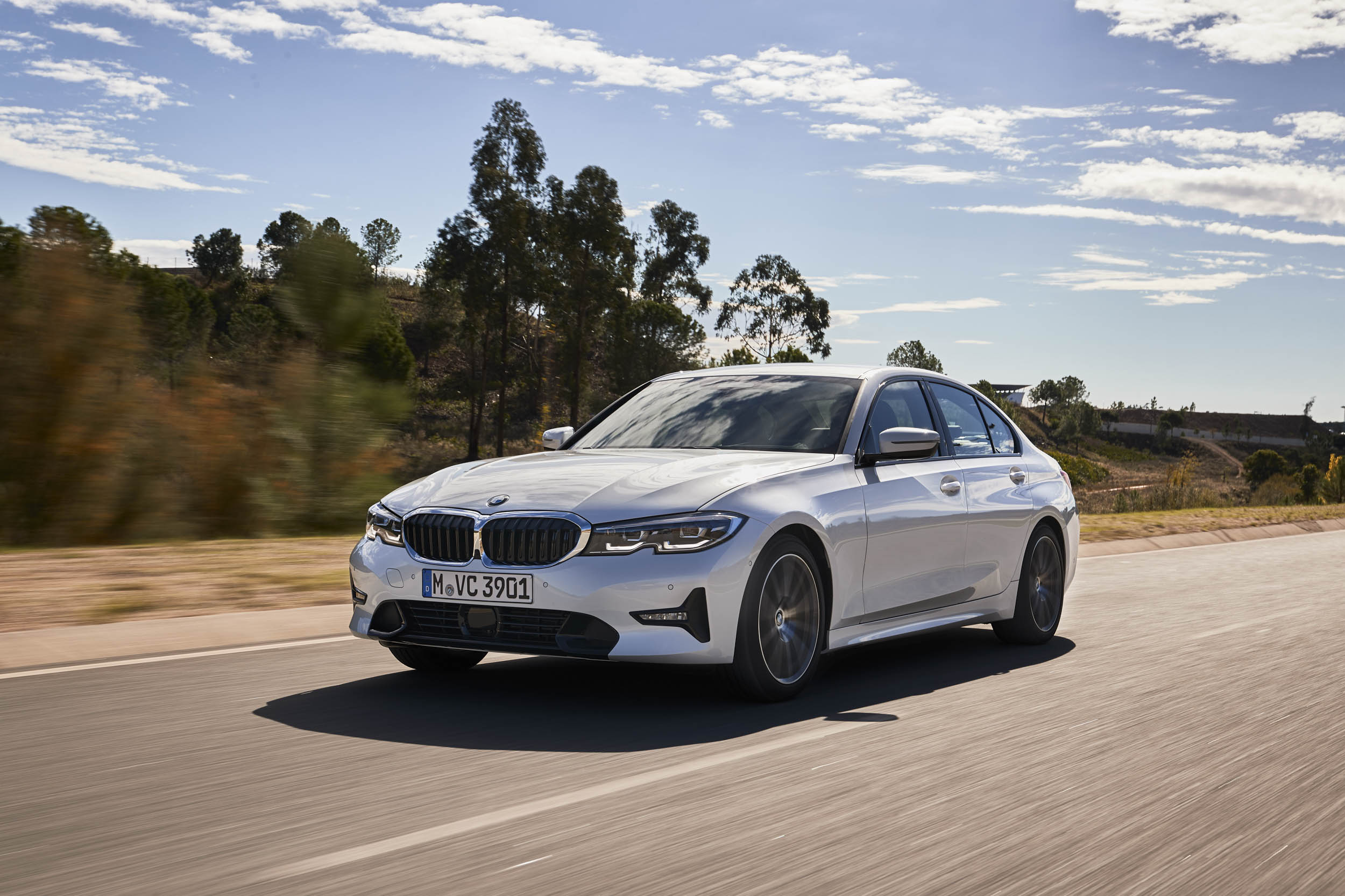
Switching to the gas-powered 330i—with its 19-inch wheels, Pilot Sport 4S tires, larger M sport brakes, and limited-slip differential—makes the 3 Series feel like an entirely different car. Turn in becomes measurably more satisfying. The diff gives you the confidence to briskly power out of corners and dive into the next set of turns, and the brakes are right there with immediate stopping power when you need them. I finally feel like I’m driving a sport sedan, and with the stiffer M sport suspension and the larger wheels, one that doesn’t seek to coddle and protect me from the road. (The highway ride was a bit busy and bouncy with the larger wheels.) It is capable, fast, and light on its feet. And the new four-cylinder engine, although it doesn’t sound like much, is punchy all the way to redline, working seamlessly with the eight-speed automatic.
If the new 3 Series leaves anything to be desired, it’s in the interior. Although it’s a step forward in design from the bland F30 cabin, the new G20 has none of the wow-factor you get when you step into a Mercedes C-Class, nor the clarity and handsome simplicity you find in the Audi A4. Interior materials aren’t impressive either, particularly the grainy black plastic used on the gear shift selector—something you touch every time you get into the car.
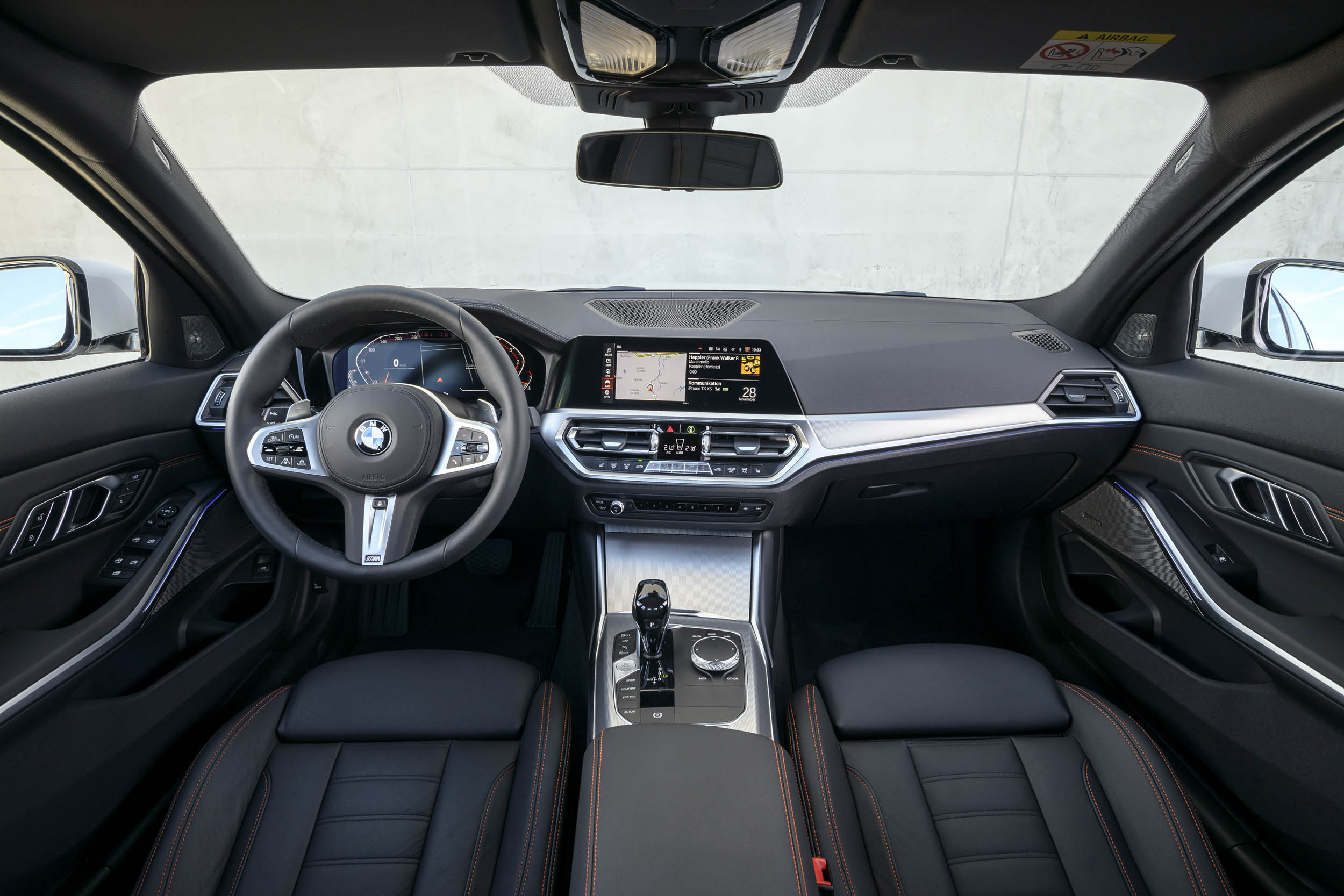

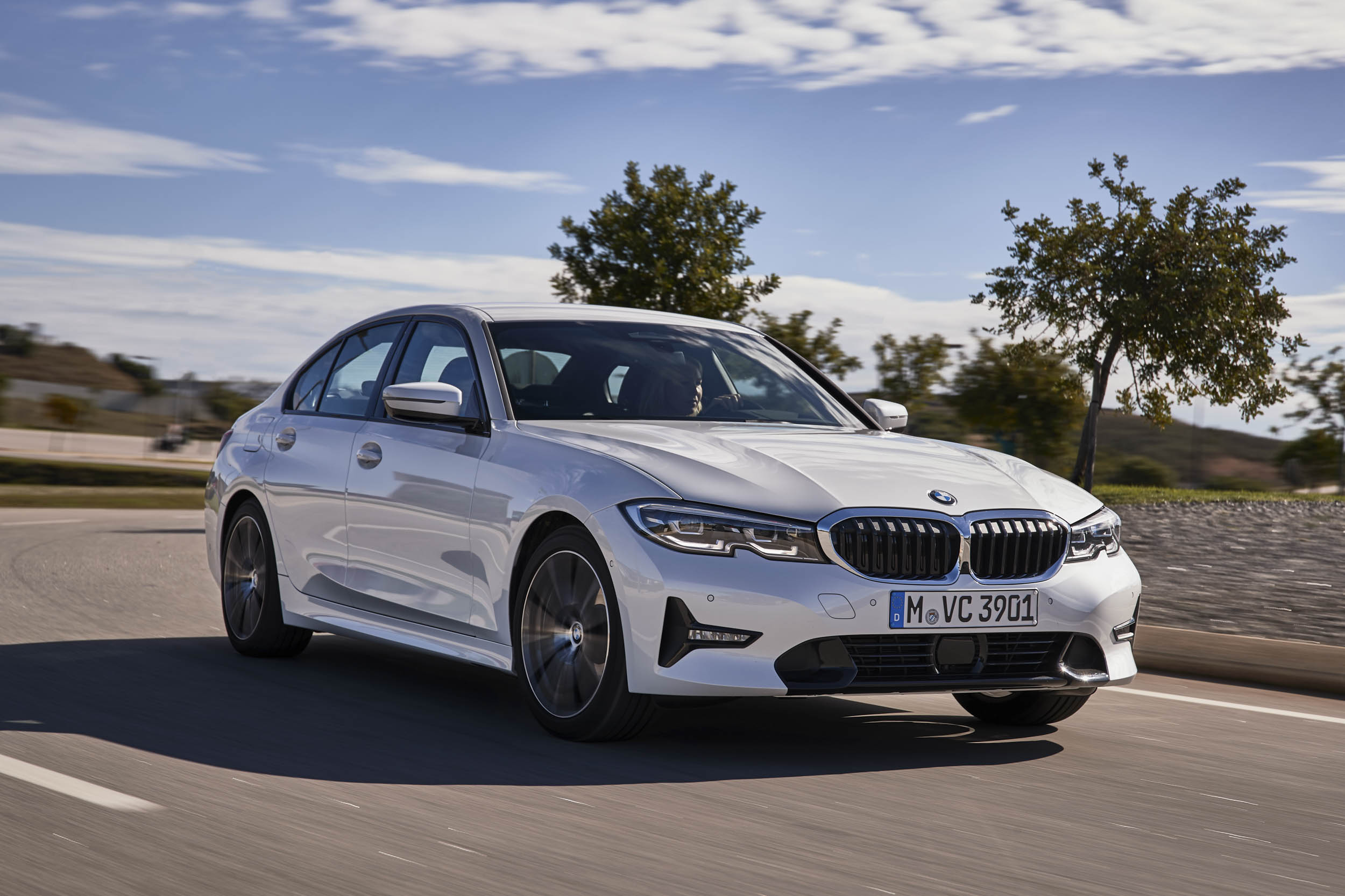
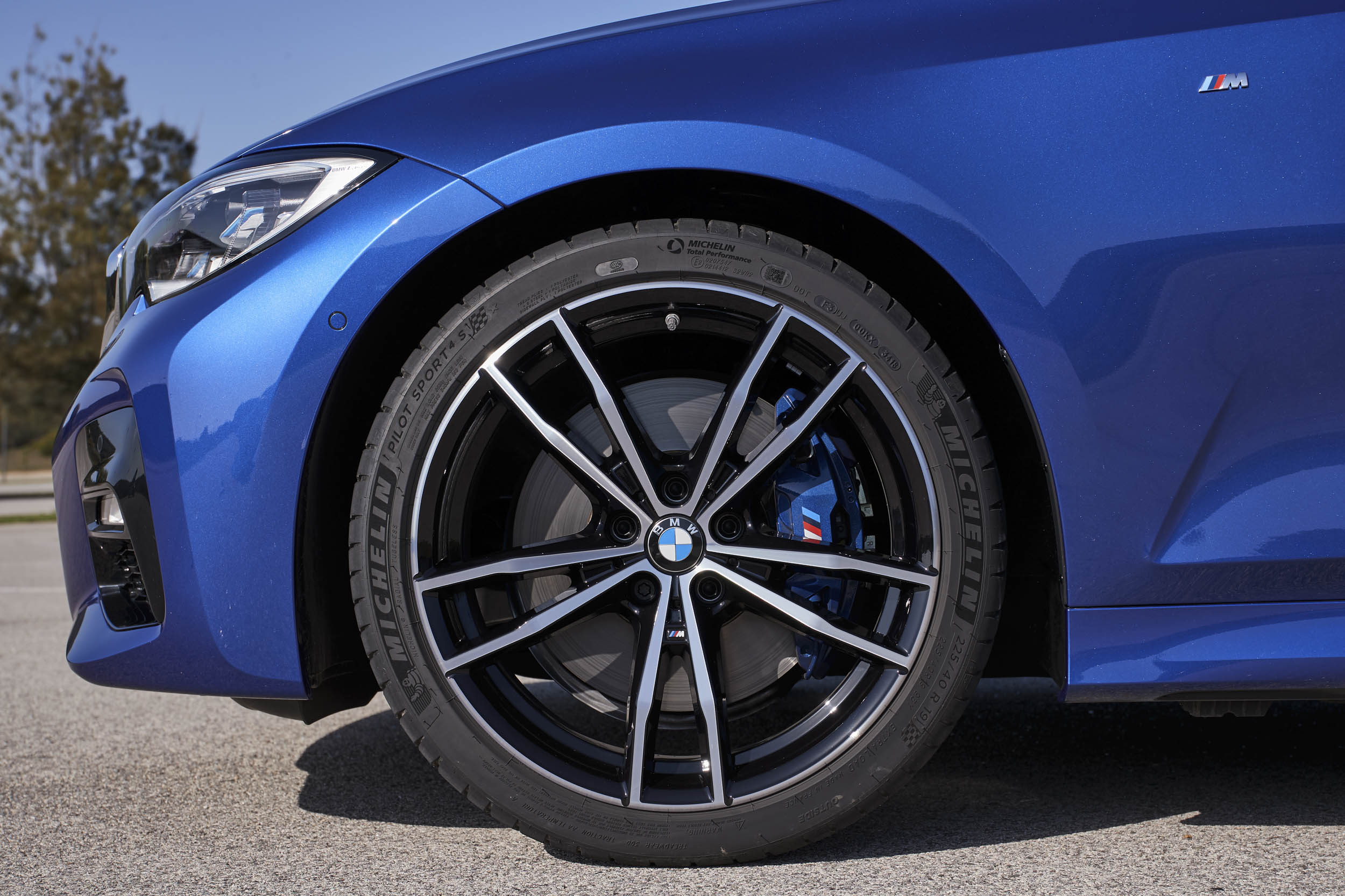
Our only taste of the top-level M340i xDrive were pre-production versions, limited to driving on the Algarve Curcuit in Portimao. The track is full of big elevation changes, blind corners, and devilish changes in camber, which meant the M340i would have its work cut out to look good. Pulling out of the pits, I immediately grin at the steady pull and butter-smoothness that BMW still bakes into every straight-six it builds. The M340i can do the 0-60 sprint in a claimed 4.3 seconds, making it just 0.3 seconds off the pace of the outgoing M3.
The prototype I’m driving is equipped with the M adaptive suspension, which handles Algarve’s ceaseless torrent of varying road surface with aplomb. Especially with the standard limited-slip differential and all-wheel drive, the M340i is extremely controllable and balanced even when pushed hard through tight corners, making it a truly approachable car that’s straightforward to warm up to. But there’s no getting around the fact that the car feels heavy, unlike the rear-drive 330i with its four-cylinder turbo. Of the two, the 330i was more engaging as a driver’s car, despite the M340i’s undeniably delicious straight-six. A small gift for North America is that we are the only market where BMW will sell a rear-drive M340i, which has the potential to be the best car of the bunch.
Until we get the 2019 BMW 3 Series on public roads here in the U.S., and the opportunity to drive one without the stiffer sport suspension and variable sport steering, it’s hard to say if this Bimmer is once again the sport sedan benchmark. Alfa Romeo’s Giulia still exhibits the best ride-handling balance in the competitive set, although any serious luxury car customer would have to care a lot more about driving dynamics than interior amenities (or a reputation for quality) to justify one. For now, I’ll say there are ways to spec your 3 Series in a way that feels like the marque has its mojo back. When it goes on sale in March, starting at $41,195 including destination, we’ll see if the 3 Series writ large can do the nameplate proud.
